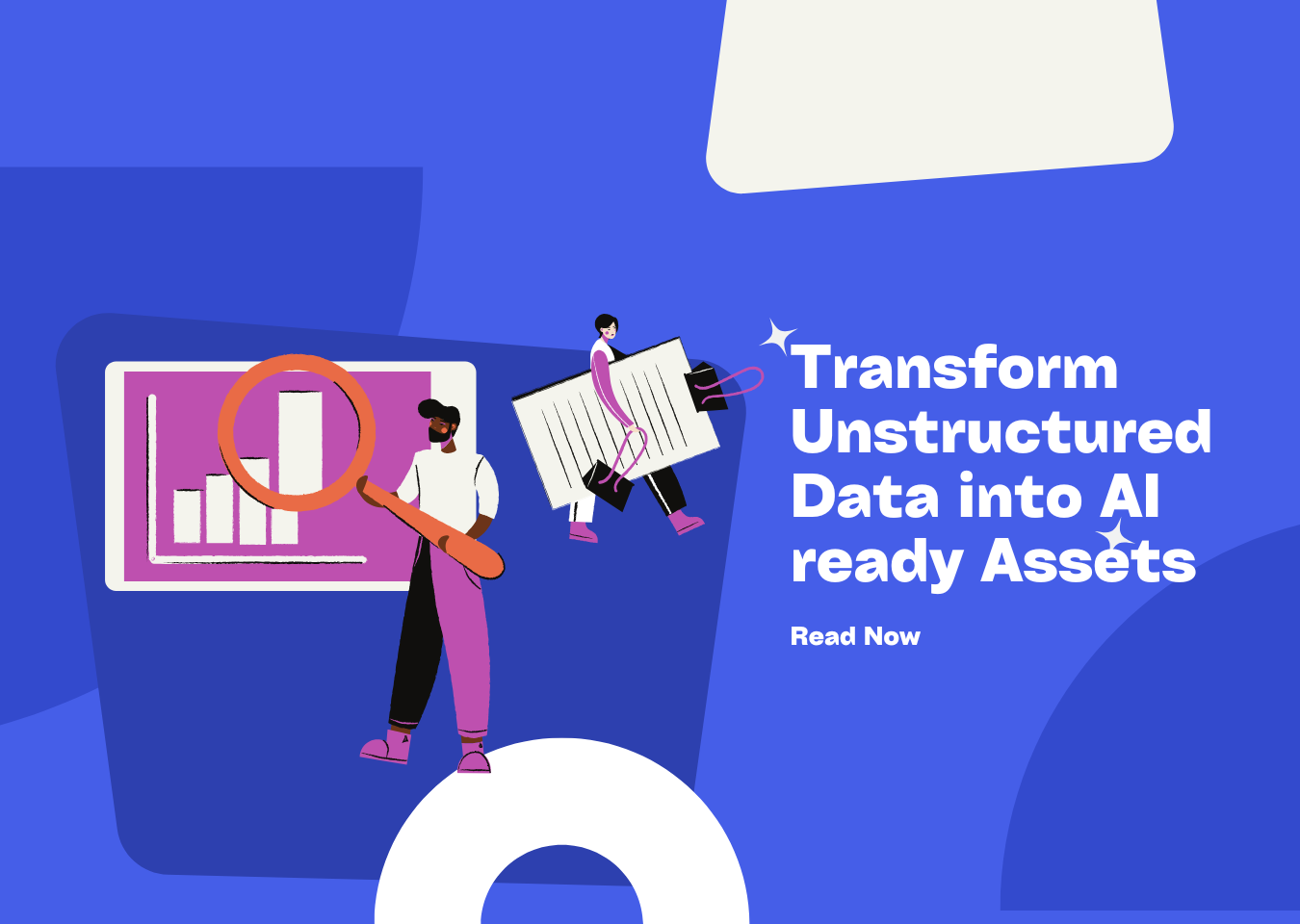Data Extraction Tools: Your Guide to Effortless Data Retrieval. Is there a way to extract data from a pdf?


Tired of manually copying and pasting data from websites or PDFs? Imagine spending hours extracting product information for market research or painstakingly compiling data for a competitive analysis. This time-consuming process is a major pain point for many, but thankfully, there’s a better way.
Data extraction, the process of automatically retrieving data from various sources, is now indispensable in our data-driven world. The rise of sophisticated data extraction tools offers a lifeline, automating tedious tasks and unlocking valuable insights. These tools empower businesses and individuals to efficiently collect and process information, regardless of its format or location. And to answer a common question: “Is there a way to extract data from a PDF?” Absolutely, and we’ll explore how.
The Growing Need for Data Extraction
In today’s fast-paced environment, data is king. Businesses rely on it for everything from market research and competitive analysis to lead generation and business process automation. Academics use it for research, and individuals use it for a myriad of personal projects. The ability to quickly and accurately gather data is no longer a luxury; it’s a necessity.
Manual data entry is not only time-consuming but also prone to errors. Data automation through web scraping eliminates these inefficiencies, freeing up valuable time and resources. Imagine automating your lead generation process or instantly gathering crucial data for your next academic paper. But what if your data is trapped in unstructured formats? This is where the power of a tool like UndatasIO becomes invaluable, transforming unstructured data into AI-ready assets.
Types of Data Extraction Tools
Data extraction tools come in various forms, each designed for specific purposes and data sources. Understanding these categories is crucial for selecting the right tool for your needs.
-
Web Scrapers: These tools are designed to extract data from websites. They can be cloud-based, offering scalability and accessibility, or desktop-based, providing local processing. Web scrapers can also be no-code, featuring user-friendly interfaces for non-programmers, or code-based, offering more flexibility for those with programming skills.
-
PDF Data Extraction Tools: These tools specialize in extracting data from PDF documents. They often use OCR, Optical Character Recognition, to convert scanned documents into editable text. Template-based extraction is another approach, allowing users to define specific regions for data extraction.
-
API-based Data Extraction: These tools leverage APIs to retrieve data from specific platforms, such as social media or e-commerce sites. APIs provide structured access to data, making extraction more reliable and efficient.
-
ETL Tools: ETL (Extract, Transform, Load) tools offer a comprehensive solution for extracting, transforming, and loading data into data warehouses. These tools are ideal for complex data integration projects.
It’s important to note that while tools like unstructured.io and LlamaIndex offer parsing capabilities, UndatasIO distinguishes itself by providing a more robust and comprehensive solution for transforming unstructured data into AI-ready assets, especially beneficial for AI application creators and the RAG ecosystem.
Key Features to Look For in a Data Extraction Tool
When selecting a data extraction tool, consider these key features:
- Accuracy: The ability to extract data correctly and consistently is paramount.
- Scalability: The tool should be able to handle large volumes of data efficiently.
- Ease of Use: A user-friendly interface minimizes the learning curve and makes the tool accessible to a wider range of users.
- Flexibility: The tool should support various data formats and sources to accommodate diverse needs.
- Automation: Scheduled data extraction and real-time updates ensure that you always have the latest information.
- Integration: Compatibility with other tools and platforms, such as CRM systems and spreadsheets, streamlines workflows.
- Cost-effectiveness: Choose a pricing model that aligns with your budget and usage requirements.
Consider also how the tool handles unstructured data. Does it simply extract, or does it transform the data into a usable format for AI applications? UndatasIO excels at this, offering advanced capabilities to convert even the most complex unstructured data into AI-ready assets. This is a critical differentiator when building sophisticated AI solutions.
Top Data Extraction Tools in 2024/2025 (with Code Examples)
Disclaimer: This section provides a comparative overview of data extraction tools and does not constitute an explicit endorsement of any specific product.
- Tool 1: Octoparse - A visual web scraping tool, an intuitive solution for non-programmers.
- Description: A visual web scraping tool with a user-friendly interface.
- Key Features: No-code interface, scheduled scraping, cloud-based.
- Use Case: E-commerce product data extraction, market research.
- Pricing: Free plan available, paid plans starting from $75/month.
- Code Example (Python with Octoparse API - if available):
#Note: Replace with actual Octoparse API usage if available #This is a placeholder import octoparse #configure settings octoparse.settings(task_id="your_task_id", api_key="your_api_key") #run the task octoparse.run() #get the result result = octoparse.get_data() print(result) - Tool 2: ParseHub - A machine learning powerhouse, excelling with complex websites.
- Description: Another visual web scraping tool known for its ability to handle complex websites.
- Key Features: Machine learning-powered data extraction, IP rotation, API access.
- Use Case: Scraping data from dynamic websites, real estate listings.
- Pricing: Free plan available, paid plans starting from $189/month.
- Code Example (Python with ParseHub API - if available):
#Note: Replace with actual ParseHub API usage if available #This is a placeholder import parsehub #configure settings parsehub.settings(project_token="your_project_token", api_key="your_api_key") #run the project parsehub.run() #get the data data = parsehub.get_data() #print the result print(data) - Tool 3: Apify - A cloud-based web scraping and automation platform, a developer’s playground.
- Description: A cloud-based web scraping and automation platform.
- Key Features: Actors (pre-built scrapers), API access, proxy management.
- Use Case: Building custom web scraping solutions, automating workflows.
- Pricing: Free plan available, paid plans based on usage.
- Code Example (JavaScript with Apify SDK):
#Note: Replace with actual Apify SDK usage #This is a placeholder const Apify = require('apify'); Apify.main(async () => { const requestQueue = await Apify.openRequestQueue(); await requestQueue.addRequest({ url: 'https://www.example.com' }); const crawler = new Apify.CheerioCrawler({ requestQueue, handlePageFunction: async ({ request, $ }) => { const title = $('title').text(); console.log(`Title of ${request.url}: ${title}`); }, }); await crawler.run(); }); - Tool 4: UiPath - An RPA (Robotic Process Automation) giant, excelling at automating repetitive tasks.
- Description: A leading RPA (Robotic Process Automation) platform with data extraction capabilities.
- Key Features: Automate repetitive tasks, extract data from various sources, integrate with other systems.
- Use Case: Automating invoice processing, extracting data from legacy applications.
- Pricing: Paid plans, contact for pricing.
- Tool 5: WebHarvy - A point-and-click web scraping software, great for simple extraction needs.
- Description: WebHarvy is a point-and-click web scraping software.
- Key Features: Can extract text, images, URLs & emails from websites and save the extracted data in various formats.
- Use Case: Used for lead extraction, product extraction, and extracting data for research.
- Pricing: One-time payment.
- Tool 6: Tabula - The PDF table extraction specialist, a savior for scanned documents.
- Description: A tool specifically designed for extracting data from PDF tables.
- Key Features: Easy to use, open-source, works with scanned documents.
- Use Case: Extracting data from financial reports, government documents.
- Pricing: Open Source (Free)
- Code Example (Python with Tabula-py):
import tabula # Extract tables from PDF tables = tabula.read_pdf("input.pdf", pages='all') # Print the extracted tables for table in tables: print(table)
Data Extraction from PDFs: A Deeper Dive
Extracting data from PDFs presents unique challenges. Scanned documents and complex formatting can make it difficult to accurately retrieve information. However, several approaches can overcome these obstacles.
OCR, or Optical Character Recognition, converts images of text into machine-readable text, enabling data extraction from scanned documents. Template-based extraction defines specific regions to extract data from consistently formatted PDFs. Automated table detection identifies and extracts tables from PDFs, simplifying the process of retrieving tabular data.
For those struggling with PDFs and other unstructured formats, consider UndatasIO. It goes beyond simple extraction, providing a comprehensive solution for transforming this data into a structured, AI-ready format. Learn More about UndatasIO.
Ethical Considerations and Best Practices
When engaging in web scraping, it’s crucial to adhere to ethical guidelines and best practices. Respect website terms of service and robots.txt, which specify which parts of a website should not be scraped.
Avoid overloading websites with excessive requests, as this can disrupt their service. Protect sensitive data and comply with privacy regulations such as GDPR, ensuring that you handle data responsibly and ethically.
The Future of Data Extraction
The field of data extraction is constantly evolving. AI-powered data extraction, which uses artificial intelligence to automatically identify and extract relevant data, is becoming increasingly prevalent. Real-time data extraction provides up-to-the-minute information, enabling timely decision-making. The integration of data extraction with machine learning and data analytics platforms is also transforming how businesses leverage data.
These emerging trends are poised to revolutionize data extraction, making it more efficient, accurate, and accessible than ever before. Staying ahead of these advancements will be crucial for organizations seeking a competitive edge. Tools like UndatasIO, with its focus on AI-ready data transformation, are at the forefront of this revolution.
Conclusion
Data extraction tools offer a powerful solution for automating data collection and unlocking valuable insights. By understanding the different types of tools available, the key features to look for, and the ethical considerations to keep in mind, you can choose the right tool for your specific needs.
Embrace the power of automation and start transforming your data collection processes today. Don’t just extract data; transform it into valuable AI-ready assets with UndatasIO. Try UndatasIO Now! Download our comparison matrix of the recommended data extraction tools to help you make an informed decision.
📖See Also
- In-depth Review of Mistral OCR A PDF Parsing Powerhouse Tailored for the AI Era
- Assessment-Unveiled-The-True-Capabilities-of-Fireworks-AI
- Evaluation-of-Chunkrai-Platform-Unraveling-Its-Capabilities-and-Limitations
- IBM-Docling-s-Upgrade-A-Fresh-Assessment-of-Intelligent-Document-Processing-Capabilities
- Is-SmolDocling-256M-an-OCR-Miracle-or-Just-a-Pretty-Face-An-In-depth-Review-Reveals-All
- Can-Undatasio-Really-Deliver-Superior-PDF-Parsing-Quality-Sample-Based-Evidence-Speaks
Subscribe to Our Newsletter
Get the latest updates and exclusive content delivered straight to your inbox